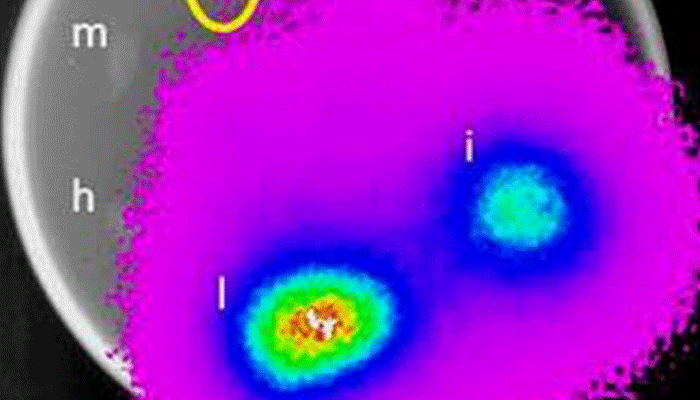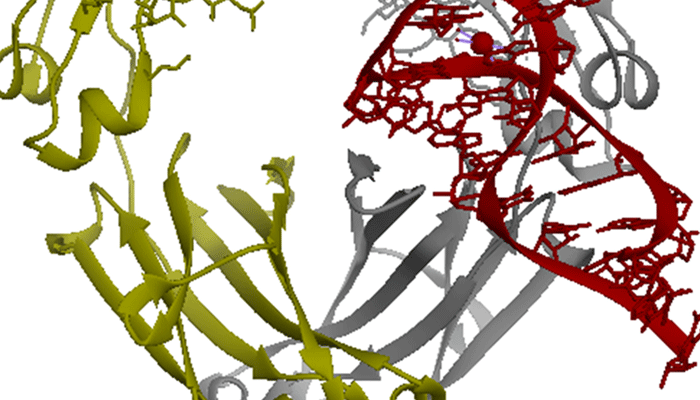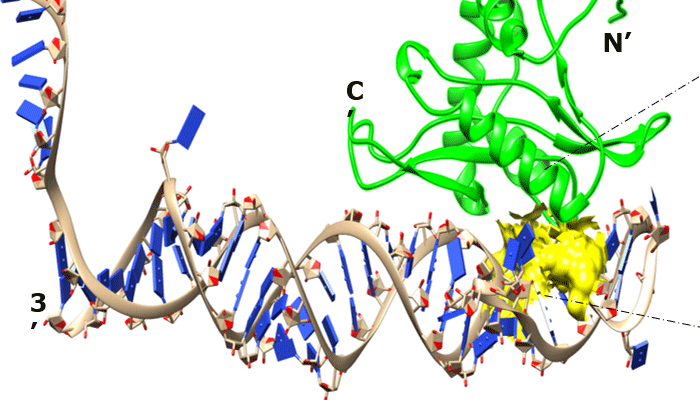
Preliminary in vivo characterization of a theranostic aptamer: Sgc8-c-DOTA-67Ga
RESEARCH ARTICLE
![]()
ISSN: 2514-3247
Aptamers (2017), Vol 1, 19-27
Published online: 15 December 2017
Full Text (PDF ~961kb) | (PubMed Central Record HTML) | (PubMed) | (References)
Victoria Calzada1*, Jessica Báez 1, Estefanía Sicco1, Jimena Margenat1, Marcelo Fernández2, María Moreno3, Manuel Ibarra4, Thomas Quinn5, Juan Pablo Gambini6, Pablo Cabral1 and Hugo Cerecetto1
1Área de Radiofarmacia, Centro de Investigaciones Nucleares, Facultad de Ciencias, Universidad de la República, Uruguay
2Laboratorio de Experimentación Animal, Centro de Investigaciones Nucleares, Facultad de Ciencias, Universidad de la República, Uruguay
3Departamento de Desarrollo Biotecnológico-Instituto de Higiene, Facultad de Medicina, Universidad de la República, Montevideo, Uruguay
4Centro de Evaluación de Biodisponibilidad y Bioequivalencia de Medicamentos, Universidad de la República, Montevideo, Uruguay
5Department of Biochemistry, University of Missouri, Columbia, MO USA
6Centro de Medicina Nuclear, Hospital de Clínicas, Facultad de Medicina, Universidad de la República, Uruguay
* Correspondence to: Victoria Calzada, Email: vcalzada@cin.edu.uy, Tel: +589 98444402
Received: 22 June 2017 | Revised: 14 December 2017 | Accepted: 15 December 2017
© Copyright The Author(s). This is an open access article, published under the terms of the Creative Commons Attribution Non-Commercial License (http://creativecommons.org/licenses/by-nc/4.0). This license permits non-commercial use, distribution and reproduction of this article, provided the original work is appropriately acknowledged, with correct citation details.
ABSTRACT
Nucleic acid aptamers can recognise their target with high affinity and specificity, and their potential as molecular imaging agents and use in theranostics are being explored. Compared with antibodies, aptamers can be easily synthesized and chemically modified, rendering them a valuable tool for in vivo approaches. Herein, we investigated a 41nt DNA aptamer as a theranostic agent for lymphoma and melanoma. This aptamer exhibits specific binding and high affinity for the PTK7 receptor that is overexpressed in many cancer cells. A 5’-amino-derivative of the Sgc8-c aptamer was bound to the metal chelator DOTA (1,4,7,10-tetraazacyclododecane-1,4,7,10-tetraacetic acid) and labelled with the radionuclide 67Ga, forming the aptamer probe Sgc8-c-DOTA-67Ga. Different conditions during synthesis, purification and identification of the intermediate and final radiolabelled probe, were examined. Aptamer modification and radiolabelling were performed with high yields, resulting in a probe that was stable in neutral buffered solution. Binding to PTK7 was studied in CCRF-CEM, A20 and B16F1 cell lines, and in purified PTK7-1 receptor, to confirm specificity. The in vitro cell lines showed different levels of uptake, and the signal increased over time. In vivo binding properties were studied in A20 and B16F10 tumour-bearing mice and images were acquired using X-rays and gamma imaging modalities for both models. Preliminary results in both tumour models showed good aptamer uptake by tumour. Hepatobiliar metabolism was observed with Sgc8-c-DOTA-67Ga and no signal was detected in normal tissue. In summary, these results support the utility of labelled aptamers as theranostic agents in different imaging modalities and theranostic.
KEYWORDS: Aptamer, Sgc8-c, PTK7, molecular imaging, theranostic



